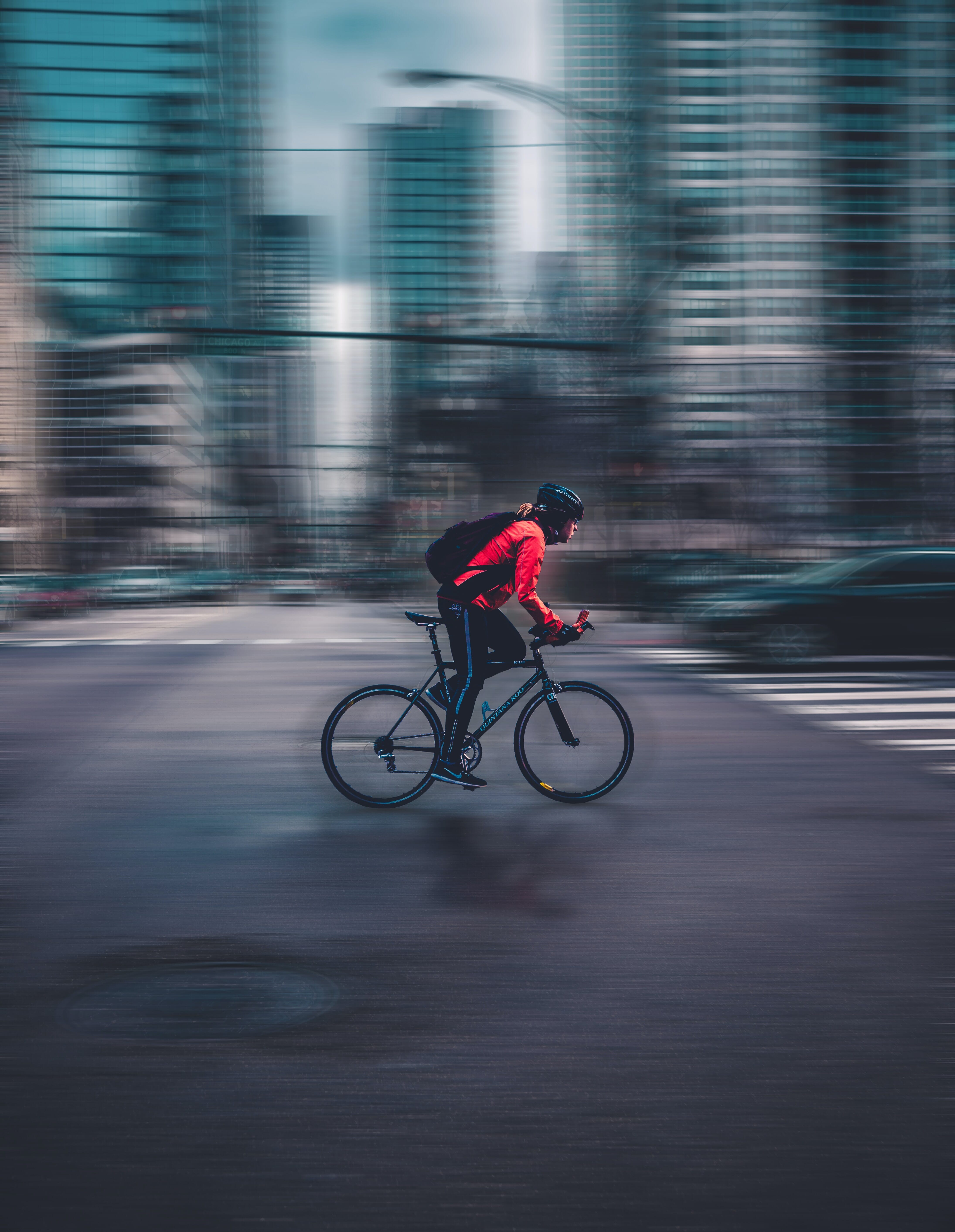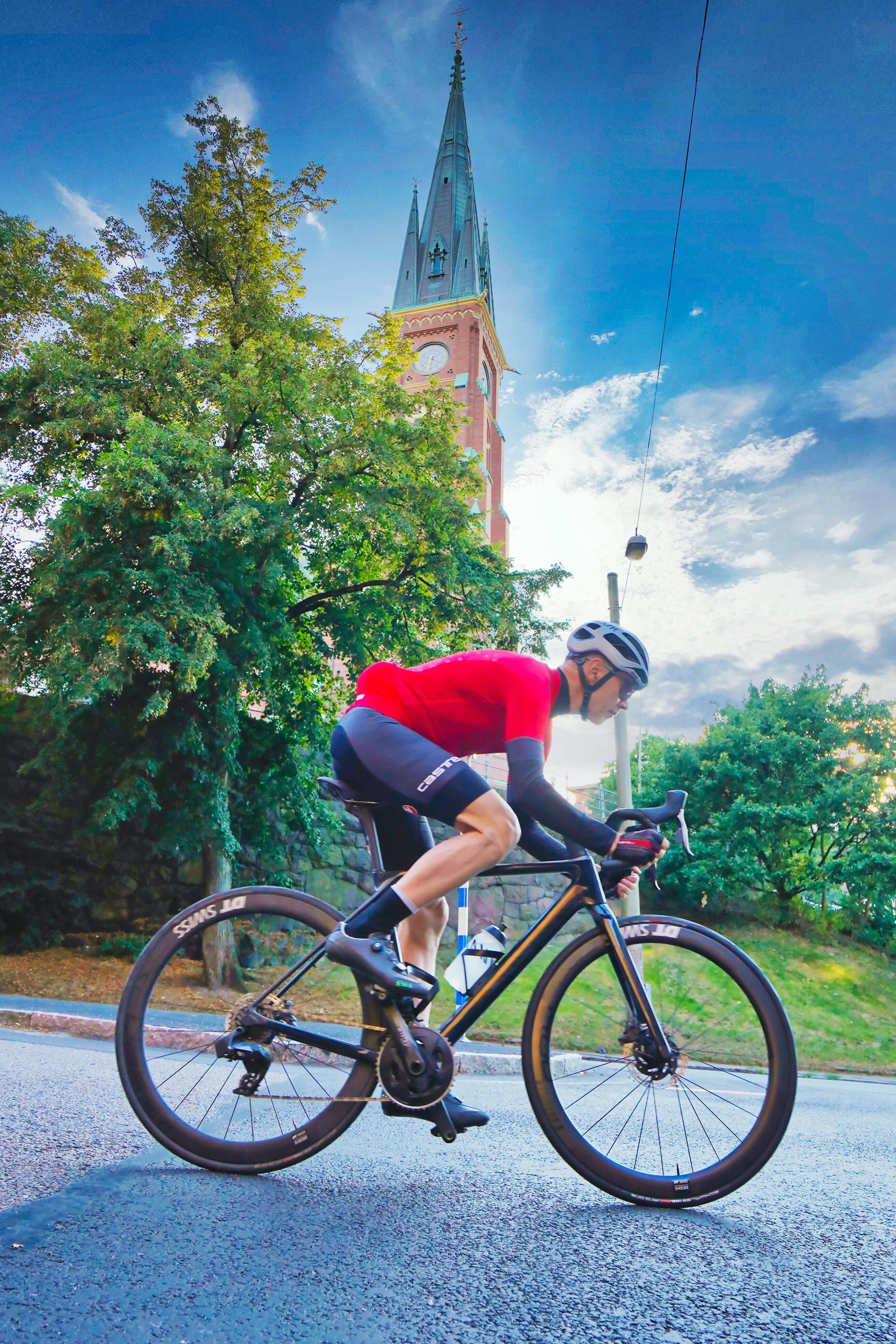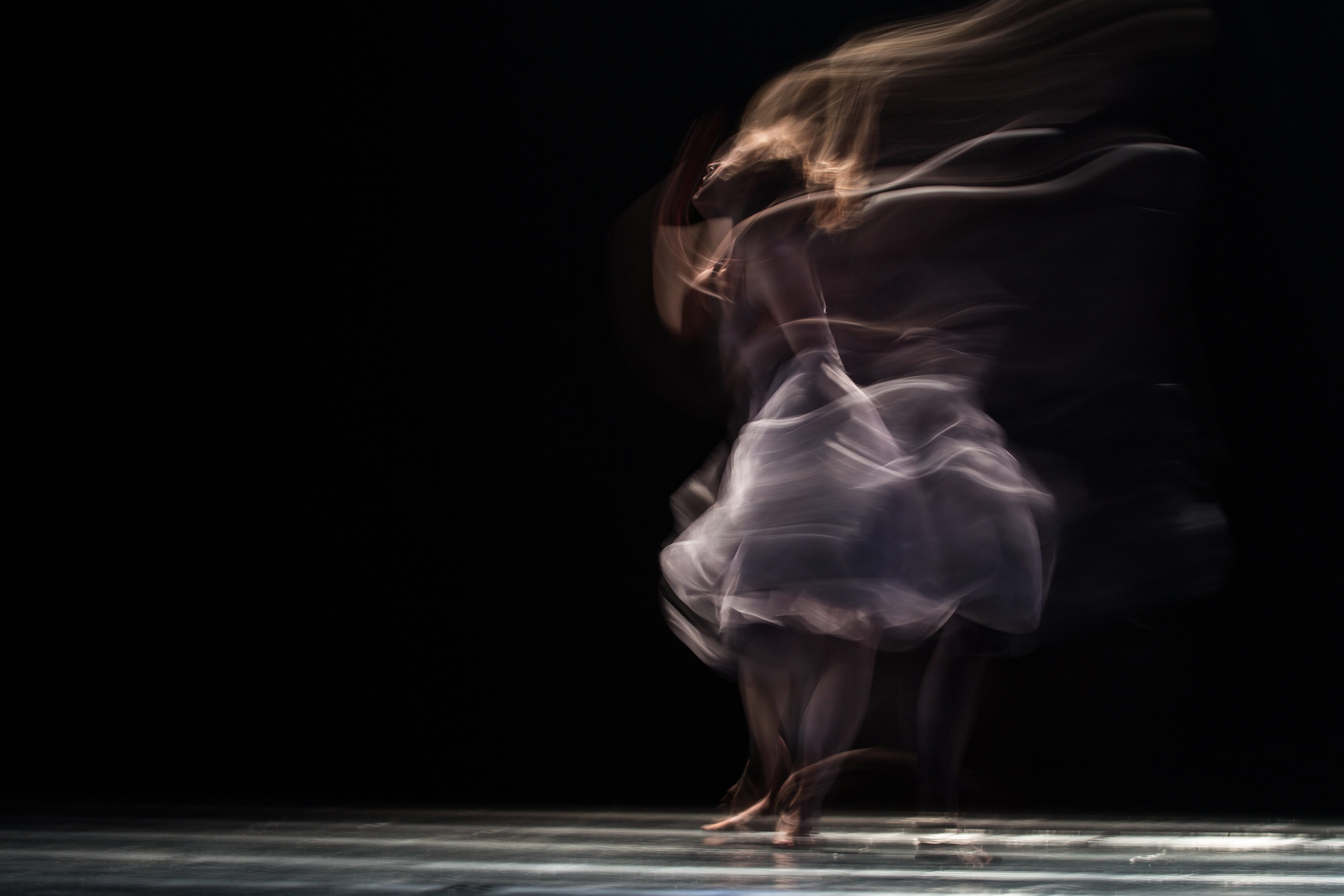Editor’s Key Takeaways: Mastering High Speed Sync Flash for Stunning Photos

This article provides a thorough explanation of high speed sync (HSS) flash, starting with how a flash normally operates. The process involves the camera’s shutter curtain exposing the sensor, firing the flash, and then closing the curtain to finish the exposure. To avoid black bands in photos, the flash must go off when the sensor is fully exposed, typically at a shutter speed of around 1/200s to 1/250s, referred to as the flash sync speed.
High speed sync (HSS) allows photographers to use flash at higher shutter speeds, exceeding the camera’s sync speed, which is useful in various scenarios:
- Shooting wide-open in bright conditions
- Freezing fast action
- Creative outdoor portraits
- Balancing flash with natural light
HSS works by rapidly pulsing the flash throughout the exposure, ensuring the entire sensor is illuminated. This article guides photographers on when and how to effectively use HSS to capture stunning photos.
Introduction
This article will explain everything you need to know about flash speeds.
First, I’ll describe exactly what high speed sync flash is and how it works.
Then I’ll provide several examples of when you might need it—and how you can use it for beautiful photos.
Let’s get started.
How Does a Flash Normally Work?
To understand high speed sync, you must first understand how a camera flash normally works.
When you press the shutter button, a shutter curtain slides up from in front of the camera sensor. The flash goes off, and then, as soon as the exposure is complete, a second curtain slides up from below, cutting off the light hitting the sensor.
The process is as follows:
The first curtain slides up, the sensor is exposed to the light, the flash goes off, and the second curtain slides up to finish the exposure. However, the flash should only go off once the first curtain has fully exposed the sensor, and before the second curtain covers the sensor.
If the flash goes off too early or too late, the sensor will be partially covered by the shutter curtains, resulting in black bands in your photos.
Normally, when using flash, you must set your shutter speed to your camera’s flash sync speed or slower (usually around 1/200s or 1/250s) to avoid black bands.
This limitation exists because once the shutter speed exceeds the sync speed, the camera sensor is never fully exposed to the light. Instead, the second curtain starts closing before the first finishes opening. Because a flash is practically instantaneous, it never has a moment to fire and illuminate the entire scene.
Thus, capturing a photo over a shutter speed of around 1/200s using flash is impossible—unless you use high speed sync.
What Is High Speed Sync?
High speed sync effectively addresses the limitations mentioned above.
Instead of the flash firing at the precise moment between the first curtain disappearing and the second curtain starting to close, high speed sync causes the speedlight to fire a series of flashes (which are not as bright as a normal flash).
This allows the flash to illuminate the scene at different moments as the front curtain and rear curtain move. Powerful flashes can maintain these bursts as the shutter opens and closes, preventing black bands and enabling you to capture a uniformly-lit scene.
As a result, you can achieve a well-exposed image, even with a fast shutter speed:

When to Use High Speed Sync
Most of the time, using your normal flash sync speed is sufficient.
However, there are situations where high speed sync is essential for a good shot. One of these scenarios occurs when you want to photograph action but lack enough flash to overpower ambient light in the scene. For instance, if you’re photographing a biker on a bright day, you may want some fill flash to eliminate high-contrast shadows.
Consider this:
If you photograph the biker at your normal flash sync speed (around 1/200s), you risk blurring the action:

If you want to take a shot at 1/1000s, you’ll only capture part of the image affected by the flash due to the syncing issues.
So, what can you do?
Use high speed sync!
By selecting this option, you can set your camera to 1/1000s and trigger your flash as the biker passes by. Your flash will fire in a series of short bursts, resulting in a sharp image.

The same applies when photographing a runner, a fast-moving car, or even a bird in flight. If ambient light is affecting your subject, capturing a sharp photo without high speed sync is challenging.
Another scenario for using high speed sync is when shooting a portrait subject in bright sunlight. You may want to fill in shadows, necessitating some fill flash. Additionally, you might want a pleasing background blur, requiring a wide aperture of around f/2.8.
Given the bright light and wide aperture, achieving proper exposure requires a shutter speed of at least 1/1250s. However, your flash sync speed only permits you to go to 1/200s. This is when activating high speed sync allows you to increase your shutter speed without compromising overall exposure.

This scenario often occurs when using flash in bright light. You need a high shutter speed to prevent overexposure, but using it leads to underexposed parts of the image due to banding issues.
Keep high speed sync in mind as an option, and you’ll be capturing stunning shots with flash in no time.
If you prefer not to use high speed sync, there’s an alternative:
Rear curtain sync.
What Is Rear Curtain Sync?
While high speed sync allows firing a flash at high shutter speeds, rear curtain sync offers a different approach. Here, you use a slow shutter speed—one below your sync speed.
When you take a shot, the flash fires at the end of the exposure, just before the shutter mechanism covers the sensor. With decent ambient lighting, this technique freezes the subject but creates “trails” of motion behind it.
For example:

What causes these trails?
Before the flash fires, the photo begins to expose, and your moving subject appears as a blur. When the flash fires, the subject freezes in place.
This effect may not be favored by every photographer, but it can result in unique and captivating shots!
High Speed Sync: Conclusion
Now that you’ve finished this article, you have all the information you need to start using high speed sync with your flash.
This enables you to capture photos with flash—even in bright conditions where a slow shutter speed isn’t feasible, and while photographing action.
So get outside and start shooting!

